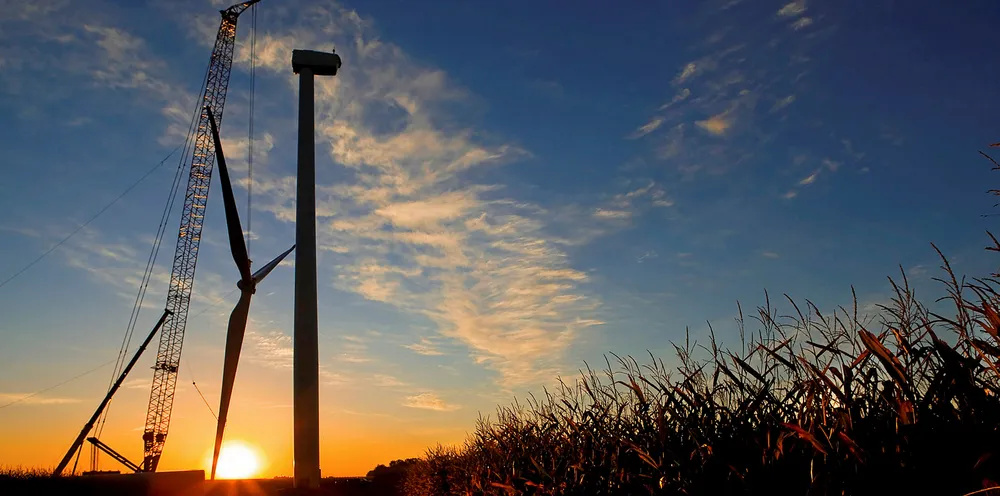Global renewables expansion in 2020 will be 'wiped out' by Covid-19: Rystad
Analyst group forecasts slow-down in worldwide wind and solar build-out due to coronavirus-spurred movement restrictions and contraction in currency markets

Analyst group forecasts slow-down in worldwide wind and solar build-out due to coronavirus-spurred movement restrictions and contraction in currency markets
